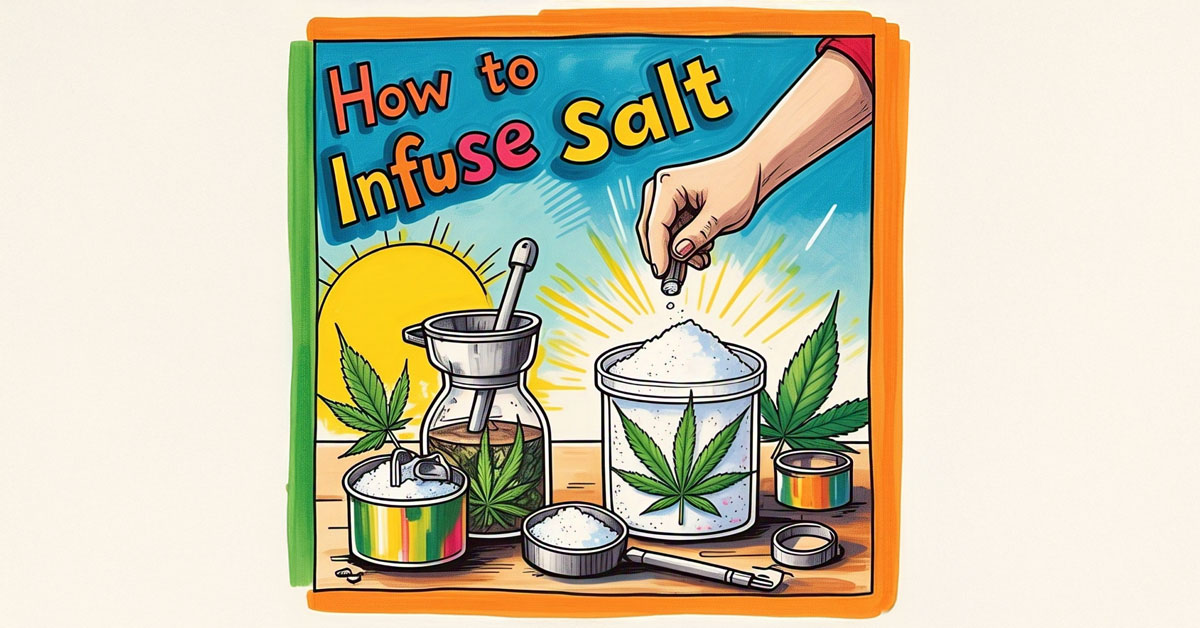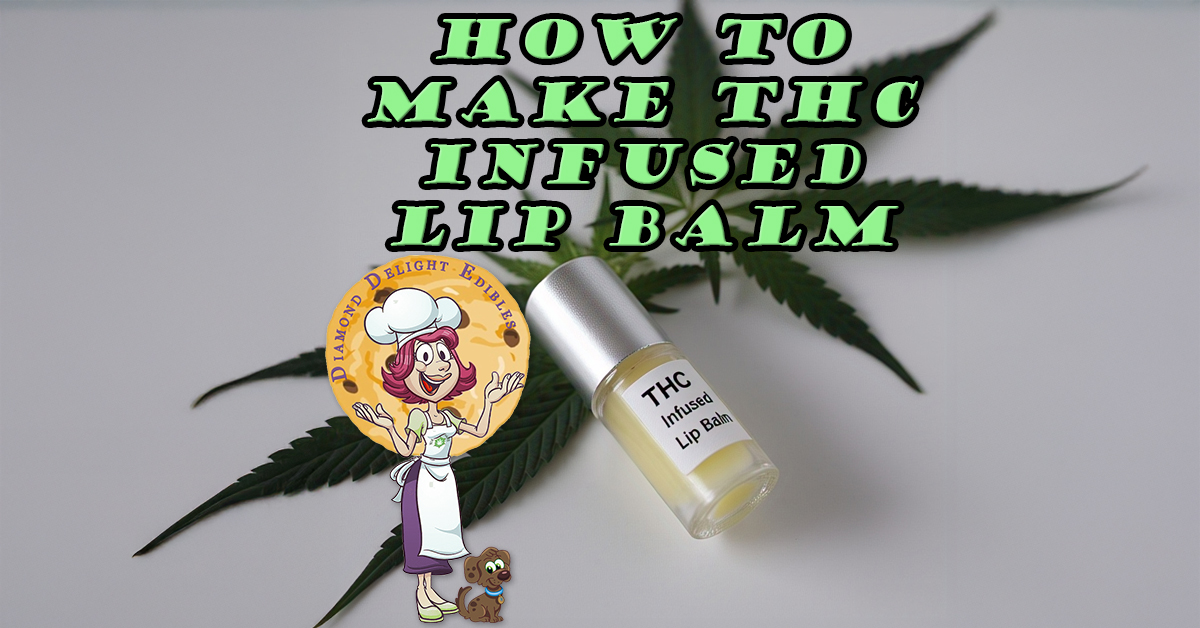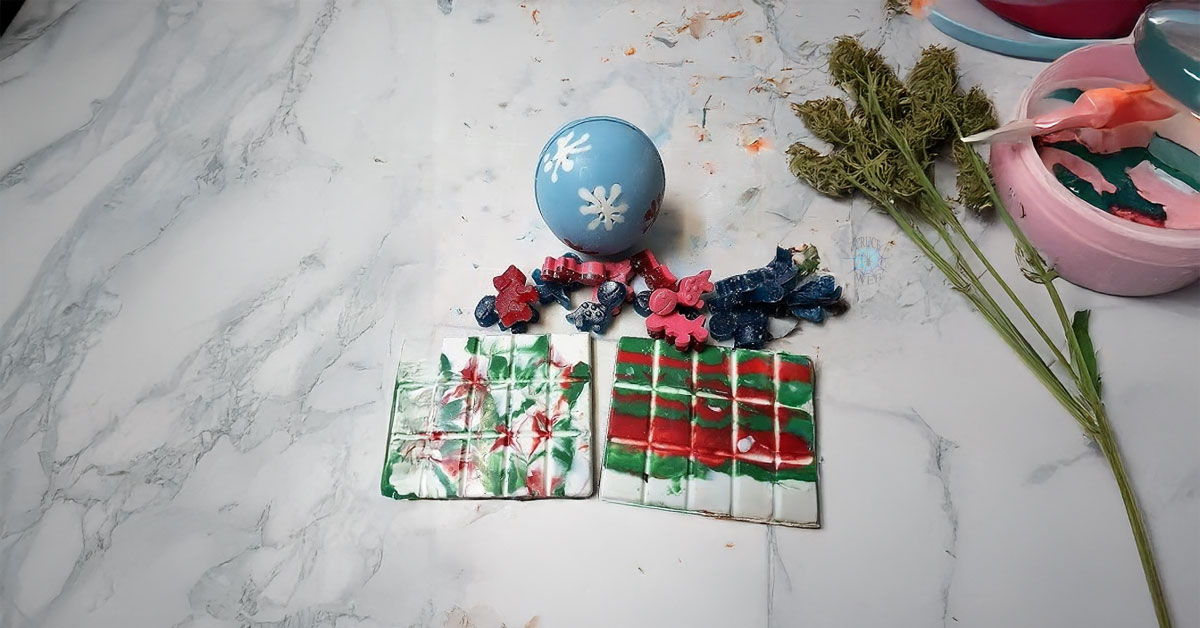Infusing salt with cannabis involves combining the active compounds in cannabis (like THC or CBD) with salt to create a seasoning that can add both flavor and potential effects to dishes. Below, I’ll walk you through a standard method to make cannabis-infused salt, keeping it straightforward and safe. Please note that cannabis laws vary widely, so ensure you comply with local regulations before proceeding. Also, I’m focusing on edible cannabis salt, not bath salts or other non-food uses.
Step-by-Step Guide to Infusing Salt with Cannabis
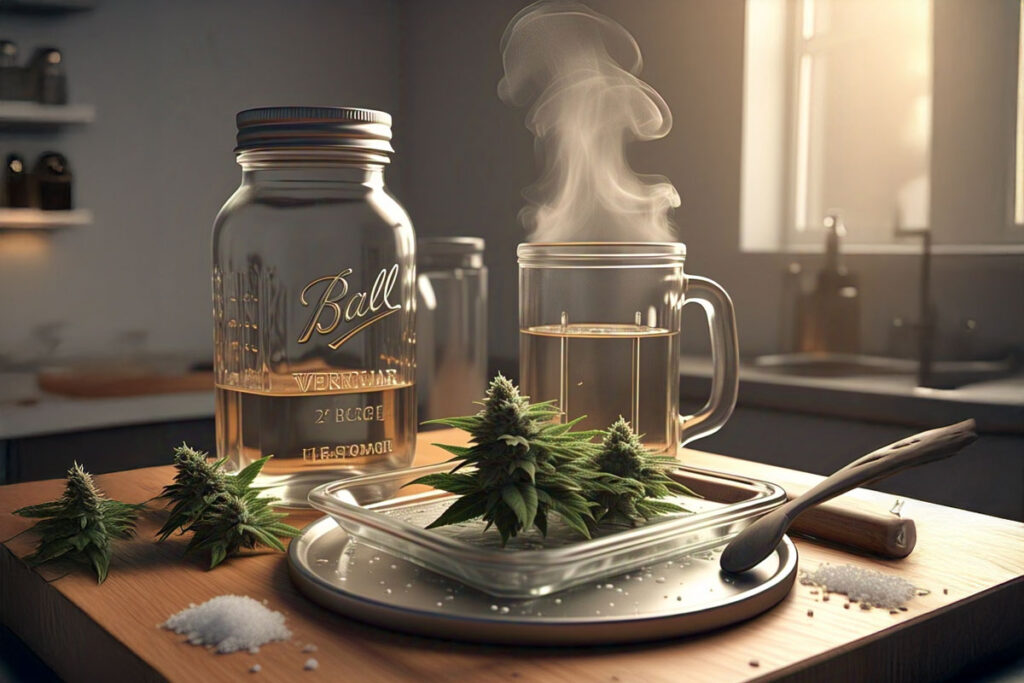
What You’ll Need:
- Cannabis flower (about 1-2 grams, depending on the desired potency; use a strain you prefer)
- High-proof alcohol (e.g., Everclear, at least 190-proof, as it’s a strong solvent for extraction)
- Salt (1/2 cup; coarse sea salt, kosher salt, or Himalayan pink salt work well)
- Glass baking dish or plate
- Spoon or spatula
- Cheesecloth or fine mesh strainer
- Mason jar or airtight container for storage
- Well-ventilated area (for safety during alcohol evaporation)
Instructions:
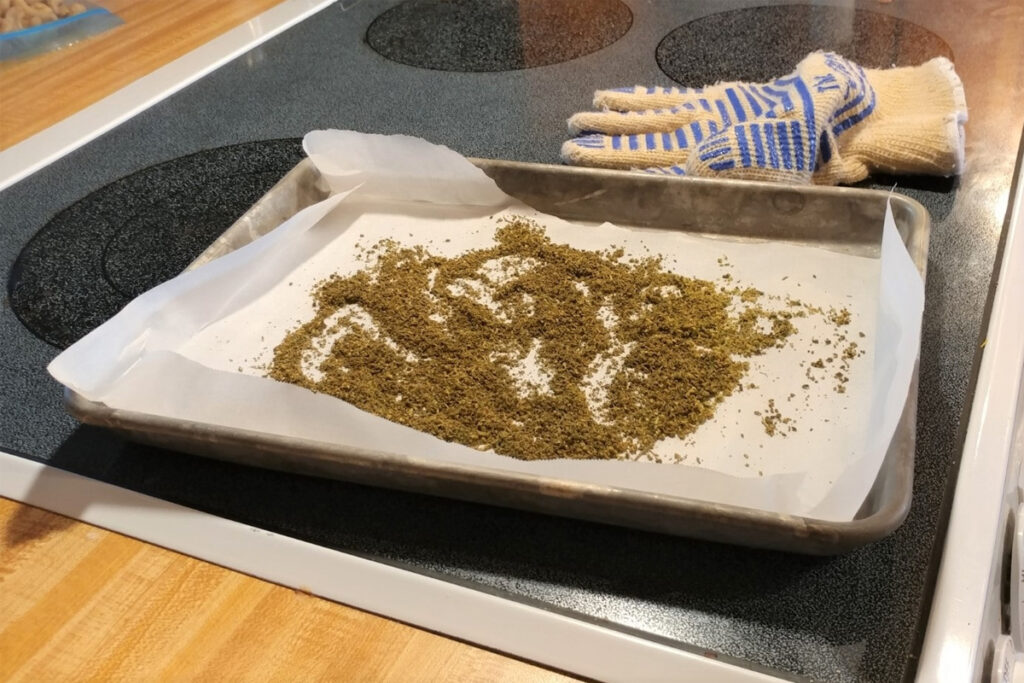
- Cannabis needs to be heated to activate compounds like THC. Preheat your oven to 240°F (115°C).
- Grind the cannabis flower coarsely (not into a fine powder).
- Spread it evenly on a parchment-lined baking sheet.
- Bake for 30-40 minutes, stirring halfway to ensure even heating. It should look slightly toasted, not burnt.
- Let it cool. This step is critical because raw cannabis won’t have the desired effects.

- Place the decarboxylated cannabis in a Mason jar.
- Pour enough high-proof alcohol to fully submerge the cannabis (about 1/4 to 1/2 cup, depending on the amount of cannabis).
- Seal the jar and shake it gently. Store it in a cool, dark place (like a cupboard) for 24-48 hours, shaking it occasionally to help extraction.
- After steeping, strain the mixture through cheesecloth or a fine mesh strainer into a clean container, removing all plant material. You now have a cannabis tincture (often called “green dragon”).
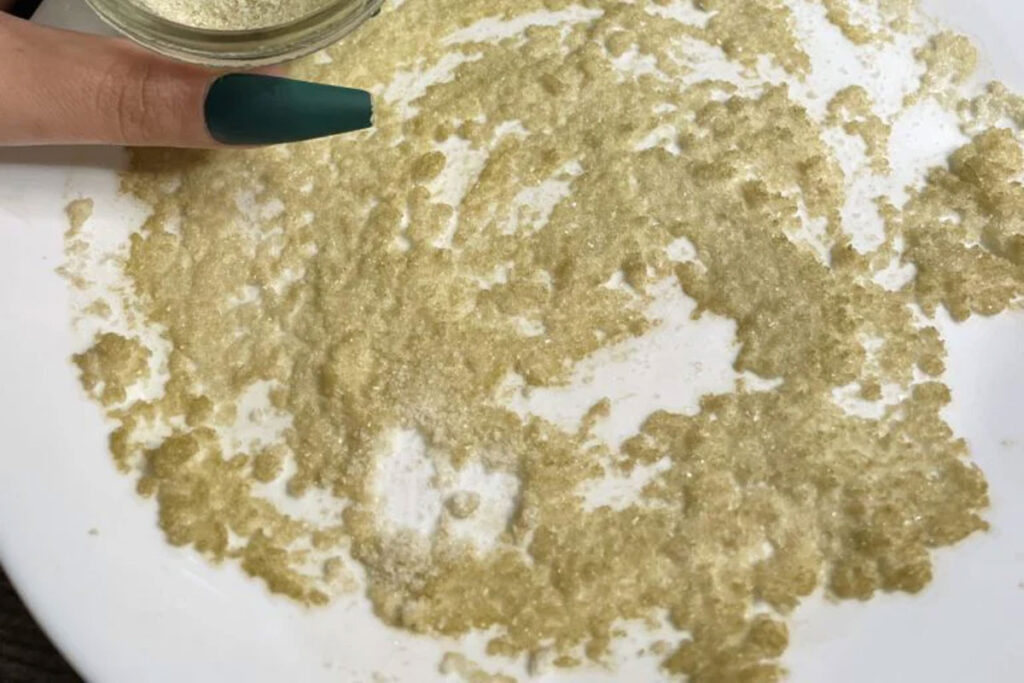
3. Infuse the Salt:
- Spread your salt evenly in a glass baking dish or on a plate.
- Slowly pour the cannabis tincture over the salt. A common ratio is about 1 part tincture to 2 parts salt by volume (e.g., 1/4 cup tincture for 1/2 cup salt), but adjust based on how potent you want it.
- Stir thoroughly with a spoon or spatula until the salt looks like wet sand, ensuring an even coating.

4. Evaporate the Alcohol:
- Cover the dish with a breathable fabric (like a clean cloth or coffee filter) to keep out dust while allowing airflow.
- Place it in a well-ventilated area away from heat sources or flames (alcohol vapors are flammable, so be cautious).
- Let it sit for 48-72 hours, stirring every few hours to speed up drying. The salt is ready when it’s completely dry, and no alcohol smell remains.
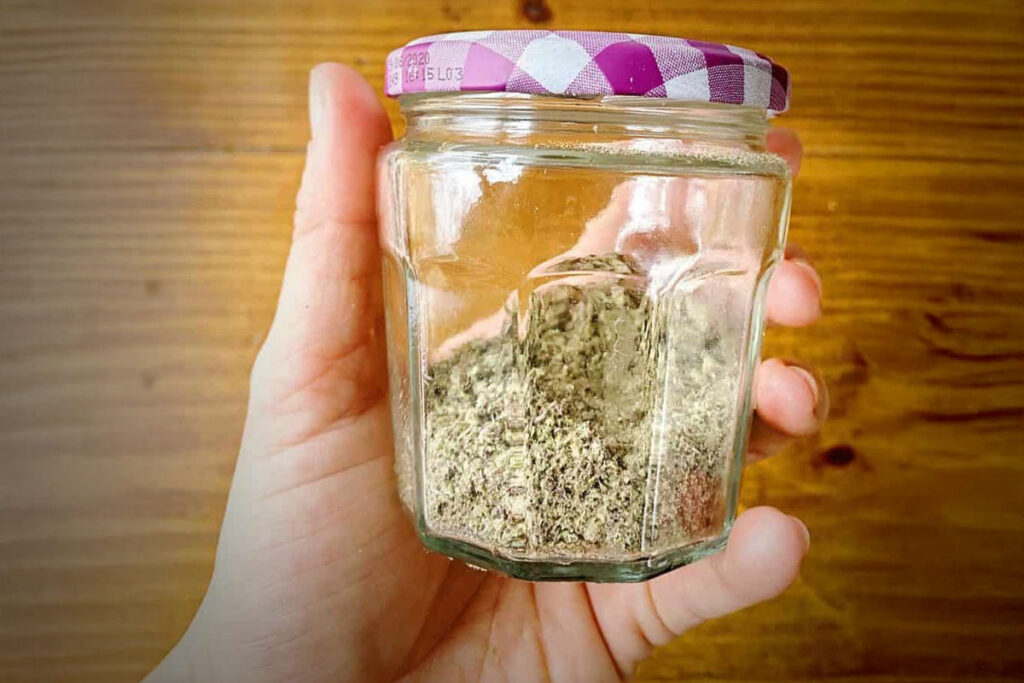
5. Store the Infused Salt:
- Once dry, break up any clumps with a fork or mortar and pestle if you want a finer texture.
- Transfer the infused salt to an airtight container (like a mason jar) and store it in a cool, dry place. It can last for months, though potency may degrade over time.
Usage Tips:
- Microdosing: Cannabis salt is best for microdosing since you can only use so much salt in a dish. Start with a pinch and see how it affects you before adding more.
- Cooking: Sprinkle it on finished dishes like pasta, eggs, or pizza to avoid overheating, which can degrade cannabinoids. It’s versatile for both savory and sweet recipes (e.g., rimming a cocktail glass).
- Potency Control: To estimate potency, calculate the THC content of your starting cannabis (e.g., 1 gram at 20% THC = 200 mg THC). Assume some loss during processing (20-30%). Divide by the amount of salt to get mg THC per teaspoon. Adjust your recipe accordingly.
Safety Notes:
- Alcohol Evaporation: Never heat the tincture-salt mixture in an oven or near open flames to evaporate alcohol—it’s a fire hazard. Air-drying is safer.
- Label Clearly: Store your cannabis salt in a labeled container to avoid accidental overuse, especially if sharing a kitchen.
- Start Low, Go Slow: Edibles can take 1-2 hours to kick in, so don’t overdo it. Test small amounts to gauge potency.
- Health Considerations: If you have conditions like liver issues and can’t use alcohol, this method may not be suitable, as alcohol tincture is the primary way to bind cannabinoids to salt. There’s no reliable fat-based (butter/oil) method for salt infusion.
Why This Method Works:
Unlike fats (butter or oil), salt doesn’t bind directly with cannabis compounds. The alcohol tincture acts as a carrier, extracting the cannabinoids and depositing them onto the salt as the alcohol evaporates, leaving behind the active ingredients.
If you’re looking for something else (like cannabis-infused bath salts or a different infusion technique), let me know, and I can pivot to that. Also, if you want tips on specific strains or dishes to pair with your salt, I can dig into that too. What’s your next step?
